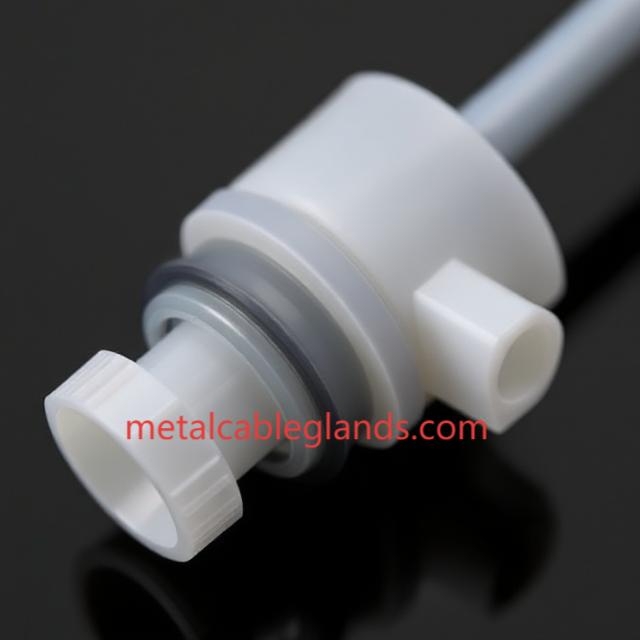In high-performance cable routing applications, maintaining a secure interface between conduit and enclosure is critical. That’s where the Conduit Gland proves invaluable—it connects flexible or rigid conduits to electrical housings, providing mechanical stability and environmental protection. Especially in automation-heavy industries, the Conduit Gland helps protect sensitive wiring from strain, moisture, and particulate ingress without compromising system access.
Conduits are often deployed to house and guide electrical cables across complex systems, from robotic arms in smart factories to lighting control units in commercial buildings. However, conduits alone are insufficient without a robust termination method. A poorly secured conduit can shift, collapse, or expose the cable inside. To avoid these issues, conduit glands are used at connection points to anchor the conduit while sealing the entry from external contaminants.
Zhejiang Hongjuesi Connectors (HJSI), a leading developer of cable interface solutions, offers a wide range of conduit glands tailored for industrial, commercial, and outdoor settings. Their designs accommodate multiple conduit sizes and types—metallic, non-metallic, and flexible—while ensuring compatibility with global thread standards such as PG, metric, and NPT. HJSI’s product lineup supports precise thread engagement, uniform sealing pressure, and easy installation.
For example, in food and beverage production lines, where frequent washdowns are required, conduit glands must withstand high-pressure water and cleaning agents. HJSI’s stainless-steel conduit glands offer excellent corrosion resistance and meet stringent hygiene standards. These are particularly suited for panel-to-conduit connections on conveyors, filling equipment, or sensor enclosures where system uptime is essential.
In the telecommunications sector, conduit glands are essential for protecting data and fiber optic lines running between control rooms and outdoor towers. Without proper sealing, these lines become vulnerable to condensation, temperature shifts, or rodent intrusion. HJSI’s weatherproof conduit gland solutions provide dependable sealing in remote or elevated installations, helping reduce downtime and signal degradation.
Another application lies in renewable energy projects. Solar farms and wind turbine control boxes often rely on conduit systems for internal wiring. These environments experience harsh temperature cycles, UV exposure, and vibration. HJSI manufactures UV-resistant and thermally stable conduit glands that remain secure under all conditions. Their locking mechanisms prevent conduit slippage, which is crucial for the long-term performance of energy infrastructure.
For electricians and system integrators, HJSI’s conduit glands simplify fieldwork. The glands are designed with ergonomic locking features that reduce the need for excessive torque or specialized tools. Their compact profiles and reliable threading make them especially useful in tight installations such as HVAC units, generator housings, or control kiosks.
Moreover, HJSI provides technical customization for clients who require unique thread pairings, specific torque specifications, or non-standard conduit sizes. Whether the challenge involves vibration resistance, flame retardance, or IP-rated sealing, their engineers can recommend or fabricate the right solution in short lead times.
With a strong focus on product quality and industrial versatility, HJSI continues to support engineers, installers, and procurement managers with reliable conduit gland technology. Their products are trusted across industries where dependable electrical protection is a priority.To view the complete selection of Conduit Gland products and request specifications from Zhejiang Hongjuesi Connectors, visit: https://www.metalcableglands.com/product .
